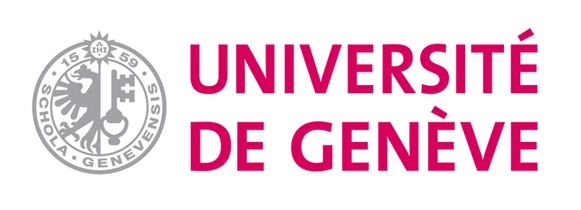By Emmanuelle Anex
Emmanuelle Anex is a researcher in social psychology at the University of Lausanne. She works for Cause Commune, a participatory action-research project in collaboration with the municipality of Chavannes-près-Renens. Emmanuelle tells us how a person living in a neighbourhood can play an important role in social cohesion.
This story is told in French.
Kika
Social cohesion
From the balcony of a building, a woman named Kika looks dejectedly at the rubbish bins where waste is piling up. In reality, it is more the cries and amusements of the children than the smells that have made her look out...
But still, what a sight this rubbish is, the municipality could do something about it. You really get the impression that the municipality doesn't give a damn about the neighbourhood. In any case, it's obviously not their problem, it's the owners who manage it, and the caretaker doesn't manage anything, he hardly ever comes... it's always been like that.
It's the foreigners' fault.... they don't know how to sort
It's the fault of the young people... they don't respect anything
It's the fault of the Turks, the Albanians, the fault of the, of the.... others.
One day, an angry guy told Kika that this places looks like the northern part of Marseilles and that once, he'll solve the problem with a gun... apparently he's armed, but we don't know for sure.
Kika knows the neighbourhood well, she grew up here; she knows that in some "flats" designed for three people, two families are crammed together; she sees the distress, the tensions, but also the goodwill. She even knows people who grew up here and work for the municipality. Moreover, these people told her that a social cohesion project was being set up and, surprise, that the playground was even going to be redeveloped and a new system for managing waste was going to be found. It seems that it was a group of residents who came up with these initiatives.
The fact remains that "the municipality", as they say, is not there all the time and projects are all fine, but everyday cohesion is something else.
On her way home from work after a night watch, or rather an evening shift, Kika is very happy to find her children. But that was without counting the nightly commotion. A party?
No, this time it's different. As usual, Kika returns to her favourite observation post, her balcony. She spots the "youngster" who lives three blocks away in the half-light... he's been here before. He's the one who drags the younger kids along and terrorises the people who want to get the cars from the basement. Some say he once even set a fire. ... He has created his own gang.
This time it's getting more out of hand than usual. The young people gather and the tone rises... it starts quickly, with fists, knives and maybe more serious things.
From the top of her balcony, Kika bellowed. Everyone knows her. We don't really know why, but she is respected, even beyond the walls of the neighbourhood... she has this little magic power of what we can call "cohesion". The young people are not really intimidated, but they have a special bond with her... an image to keep, perhaps, something to keep of their own image?
The tone drops.
In the meantime, the youth worker who lives not far away has been warned; he too knows these young people well. The situation is resolved without calling the police. We try to do it amicably without adding to the problems or adding to the cases.
Do you remember the social cohesion project, the one to improve the quality of life?
A few weeks later, an event was organised in the former post office in the neighbourhood, which had been converted into a community centre. This time the municipality presented the residents' projects. The University was invited. There are researchers, people in charge of different departments of the municipality and even elected representatives.
Kika goes around and talks to people she knows from the neighbourhood and some people from the office. She thinks these investments are great, but these meetings are not for her. Besides, with children and work she doesn't have much time. Her working hours do not allow her to get involved.
Once the event is over, the new playground has been inaugurated and the sorting bins have been installed... the municipality services will focus on another area for the rest of the project. We hope that the energy invested here will continue to bear fruit.
Life goes on here. Even if the infrastructure has improved, the neighbourhood has not resolved all its problems. Kika is still here. Some would say she is a resource person, a natural positive leader.
Although she has no legitimate status, she nonetheless embodies a primordial social function: that of regenerating this cohesion when it is about to break down. But how to recognise their role? How to identify these resource persons and accompany them? Wouldn't that be too much responsibility to take on?
History says nothing, except perhaps that these shadowy figures have always existed.



